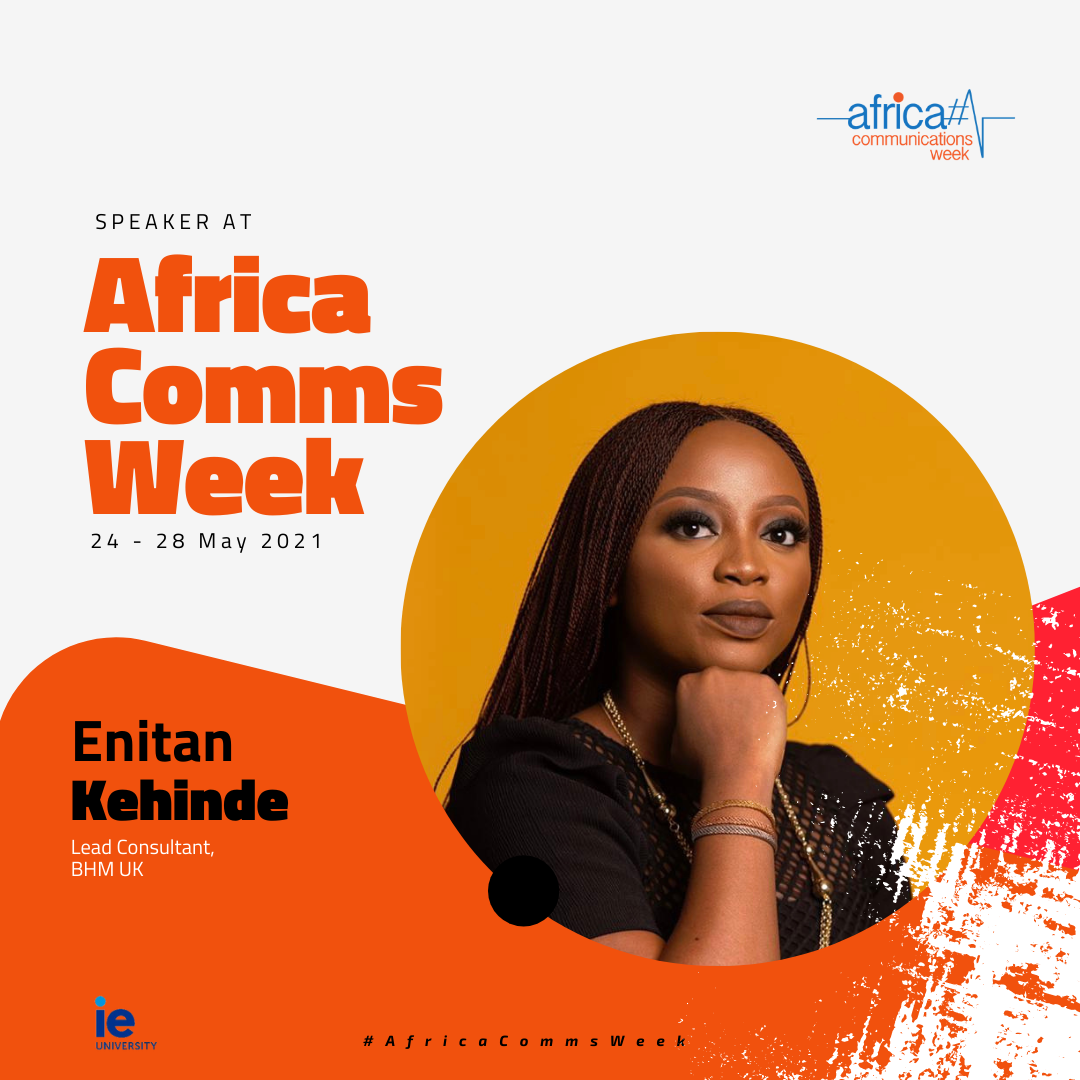The ease with which social media allows consumers to share their views on a particular brand, product or service has seen trends created and gather momentum at an unprecedented pace. But with a traditional business model that involves churning out millions of product lines to a consistent level of quality at affordable prices, FMCG giants are finding it increasingly hard to keep up.
Their size and legacy, which would once have worked in their favour, may actually now be working against them. Tapping into the latest trends, and fulfilling the latest consumer demands for authenticity, requires them to be nimbler.
In many cases, by exploiting niche opportunities that were either undetected or ignored by FMCGs; smaller, nimbler brands have been able to steal a march on their larger counterparts. Coca Cola, for example, was caught off guard by the growth and success of Innocent Drinks before buying a 20% share in the business. Now firmly established (and fully-owned by Coca Cola), Innocent itself came late to the rising popularity of coconut water. And so the wheel turns.
Given the number of ”trend winds” blowing across the world right now, and the speed with which new trends are developing, how can FMCG companies hope to keep pace, let alone be at the forefront of the next big thing? Of course, surveys, consumer panels, and focus groups all have their place in a marketer’s insight toolkit, but the questions they ask tend to be rear-view, slow and pre-emptive by design. When 85% of new FMCG products fail within two years of launch, it’s definitely time for a new approach. Companies need to innovate their innovation process.
Social data – an untapped source of insight
For the “trends truth” they need, brands must tap into the primary data source behind the current rapid proliferation of trends. This social data will provide them with the opportunity to understand the needs, wants, ideas and frustrations of consumers at a magnitude never before possible. Like ethnography on a vast scale, the data can bring previously unknown unknowns to the surface, shedding light on what’s hot, what’s not, and what’s about to bubble up.
But this isn’t social listening we’re describing, concerned with understanding what’s happening now; this is a social prediction. By applying AI analytics to this huge source of trends data it becomes possible to mathematically forecast what’s next. In doing so, however, it’s important to separate those trends that are likely to hit the mainstream from those that are likely to be nothing more than a flash in the pan.
This requires brands to look beyond just the volume and growth of conversations taking place and to focus more closely on key factors such as the sentiment behind these conversations, the channels on which the conversations are taking place, who the key influencers are, and the associations consumers are making with the product.
The greater the detail that can be gathered around a given trend, the more reliable any predictions will be. Ultimately, the importance of the quality of data needed depends on the importance of the decisions a business will make based on its analysis. If the decisions concern your company’s future growth potential, it stands to reason that investment in this data’s quality is paramount.
Social prediction in practice
When it comes to utilising this new capability, the application is key. Forecasting what’s next is of no real value to a brand unless it can be applied with a particular use case or business outcome in mind. Indeed, there’s no point knowing in advance the winner of a horse race if you fail to place a bet.
Employing social prediction has enabled some of the biggest FMCG brands to bring new products to market ahead of time to ride the wave of the latest trends. PepsiCo used social prediction to develop new innovation flavours for its ‘Off the Eaten Path’ vegetable snack brand, based on online conversations around emerging ingredient trends in health, nutrition and snacking from around the world.
While many trends are driven by conversations around different cultures, broader lifestyle movements are also having a significant impact and can be forecast in this way. Informed by growing social conversations around “better-for-you” products and the rejection of artificial additives, 2018 saw the launch of Pepsi’s Bubly sparkling water brand, currently on track to exceed US$100m in retail sales in its first year.
And it’s not just FMCGs that can leverage the power of social prediction. Gate Group, for example, provides catering and retail solutions to the aviation industry, and uses predictive analytics to drive new menu innovation ideas that anticipate which products and ingredients will be on-trend for an airline’s passengers. Similarly, Panasonic, who provides ‘inflight entertainment communication’ technology to most of the world’s leading airlines, is using social data to understand how passengers are experiencing and talking about their end-to-end journey. This insight allows them to gain first-mover advantage in developing new features, services and capabilities that improve the in-flight experience and drive loyalty amongst their customer’s passengers.
Enhanced consumer-centricity
Its clear trends are developing and crossing the world faster than ever before. For many large brands, tapping into the latest trends as soon as – or even before – they arise, can be akin to pitting Henry Ford’s 110-year-old offering of “you can have any colour as long as it’s black” against the consumer-centric “just-in-time” production method employed by today’s Japanese car manufacturers.
Using social data and technology to accurately and quickly anticipate the next trend wind, and where it will blow, will pay dividends for any brand that wants to know which ingredients, products and benefits are ripe for innovation in their market, ensuring they’re sufficiently nimble to meet customer demand and take advantage of the next big thing.
Source: Marketing Week





Comment
No comments found.